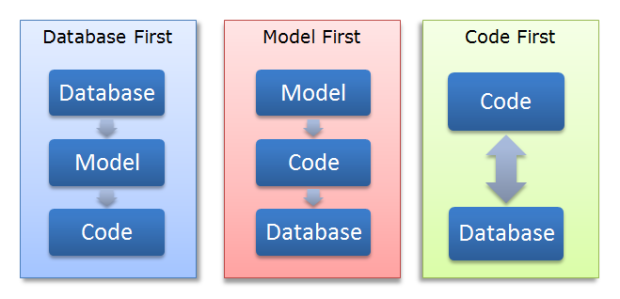JavaScript Variables
By Tan Lee Published on Feb 08, 2025 159
In JavaScript, variables can be declared in several ways:
1. Automatic Declaration:
In JavaScript, you can use variables without explicitly declaring them first, and they will be automatically created when they are first assigned a value.
a = 10; b = 15; c = a + b;
In this example, a, b, and c are undeclared variables that are automatically declared and assigned values when used.
2. Using var:
Before modern JavaScript, var was the standard method of declaring variables from 1995 to 2015 and continues to be in use today.
var a = 10; var b = 15; var c = a + b;
Here, a holds the value 10, b holds 15, and c is the sum of both.
3. Using let:
To support modern JavaScript features and improve variable scoping, the let keyword was introduced in 2015. It allows for block-level scoping, which means variables are scoped to the block, statement, or expression where they are defined.
let a = 10; let b = 15; let c = a + b;
For compatibility with older browsers, var is still used, but let and const are preferred in newer codebases.
4. Using const:
The const keyword, also introduced in 2015, is used to declare variables that cannot be reassigned once defined. Once you assign a value to a const variable, it cannot be changed.
const a = 10; const b = 15; const c = a + b;
In this case, a and b are constant values and cannot be altered. If you need to change the value of a variable, you must use let instead.
Example of a const with a let:
const a = 10; const b = 15; let c = a + b;
Here, a and b cannot be modified, but c is declared with let, so its value can be changed later in the code.
Declaring Multiple Variables:
In JavaScript, you can declare multiple variables in a single statement using the let keyword, separated by commas.
let person = "Alice", car = "Tesla", age = 25;
Alternatively, you can format it across multiple lines for readability:
let person = "Alice",
car = "Tesla",
age = 25;Rules for Naming Variables:
When naming variables in JavaScript, you must follow these general rules:
- Names can contain letters, digits, underscores (
_), and dollar signs ($). - Names must start with a letter, or they can begin with
$or_(although this is not recommended). - JavaScript variable names are case-sensitive, so
aandAare different variables. - Reserved words (such as JavaScript keywords) cannot be used as variable names.
- JavaScript identifiers are case-sensitive, meaning
myVarandmyvarare distinct.
Important Points:
- In JavaScript, the
=sign is an assignment operator, not an equality operator. - The equality operator is written as
==in JavaScript (or===for strict comparison). - Strings should be enclosed in either double (
") or single (') quotes. - Numbers should not be quoted. If a number is placed inside quotes, it will be treated as a string.
- It is a good practice to declare all variables at the beginning of your script.
By following these guidelines, you can ensure that your JavaScript code is clean, organized, and maintainable.
- How to use sweetalert2
- How to Pass string parameter in an onclick function
- How to format number with commas and decimal in Javascript
- What does 'use strict;' means in Javascript
- How to detect if caps lock is pressed in Javascript
- How to create a Custom Event in Javascript
- How to Check if an Object Has a Property Properly in JavaScript
- How to convert an Uint8Array to string in Javascript





